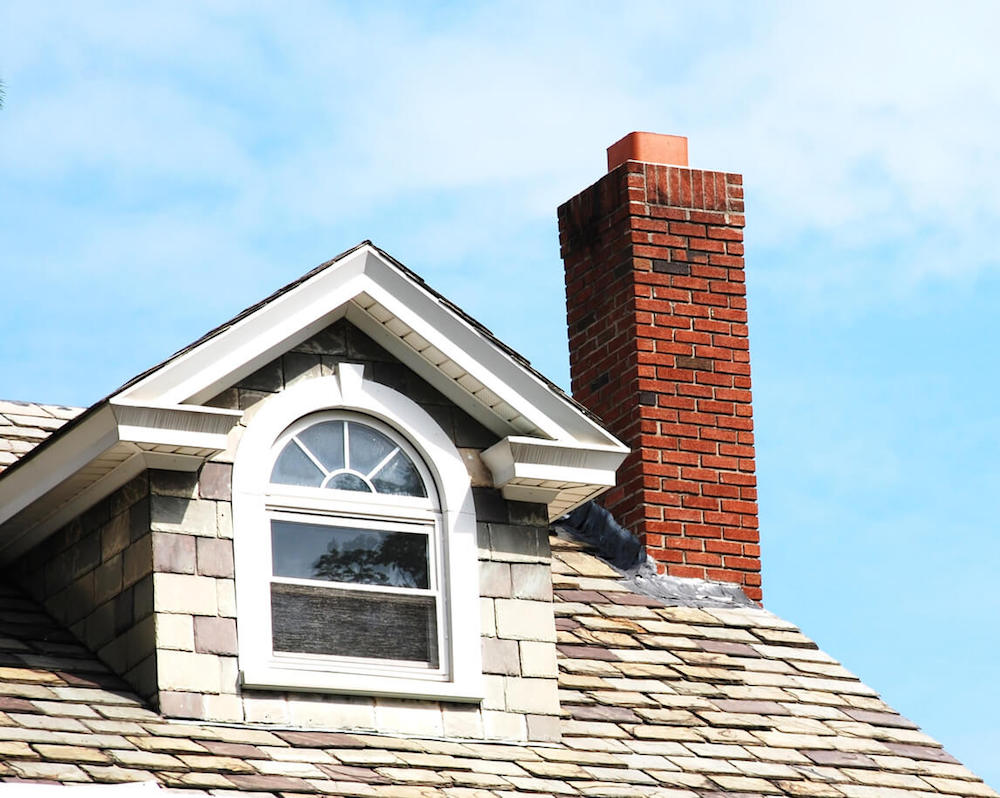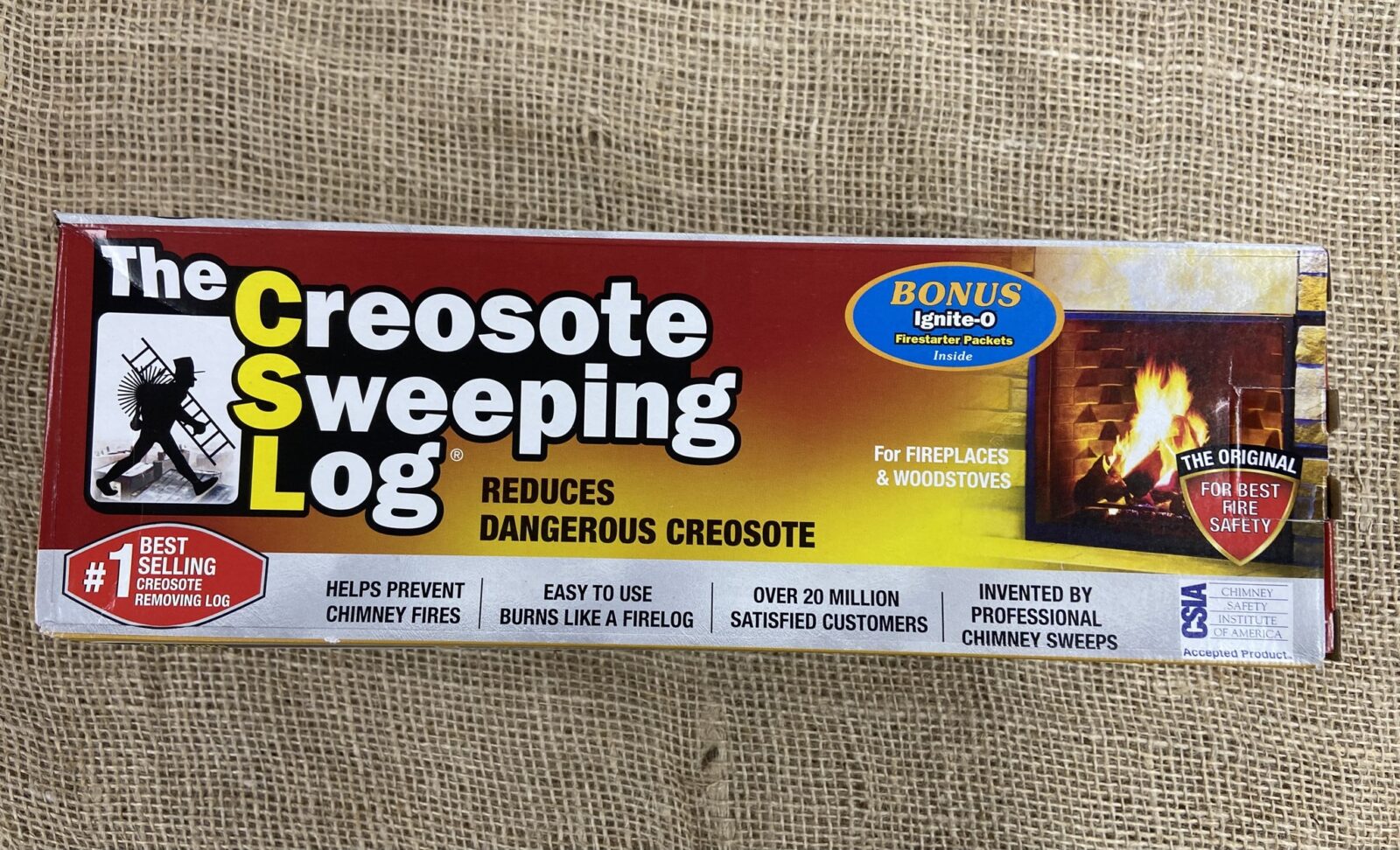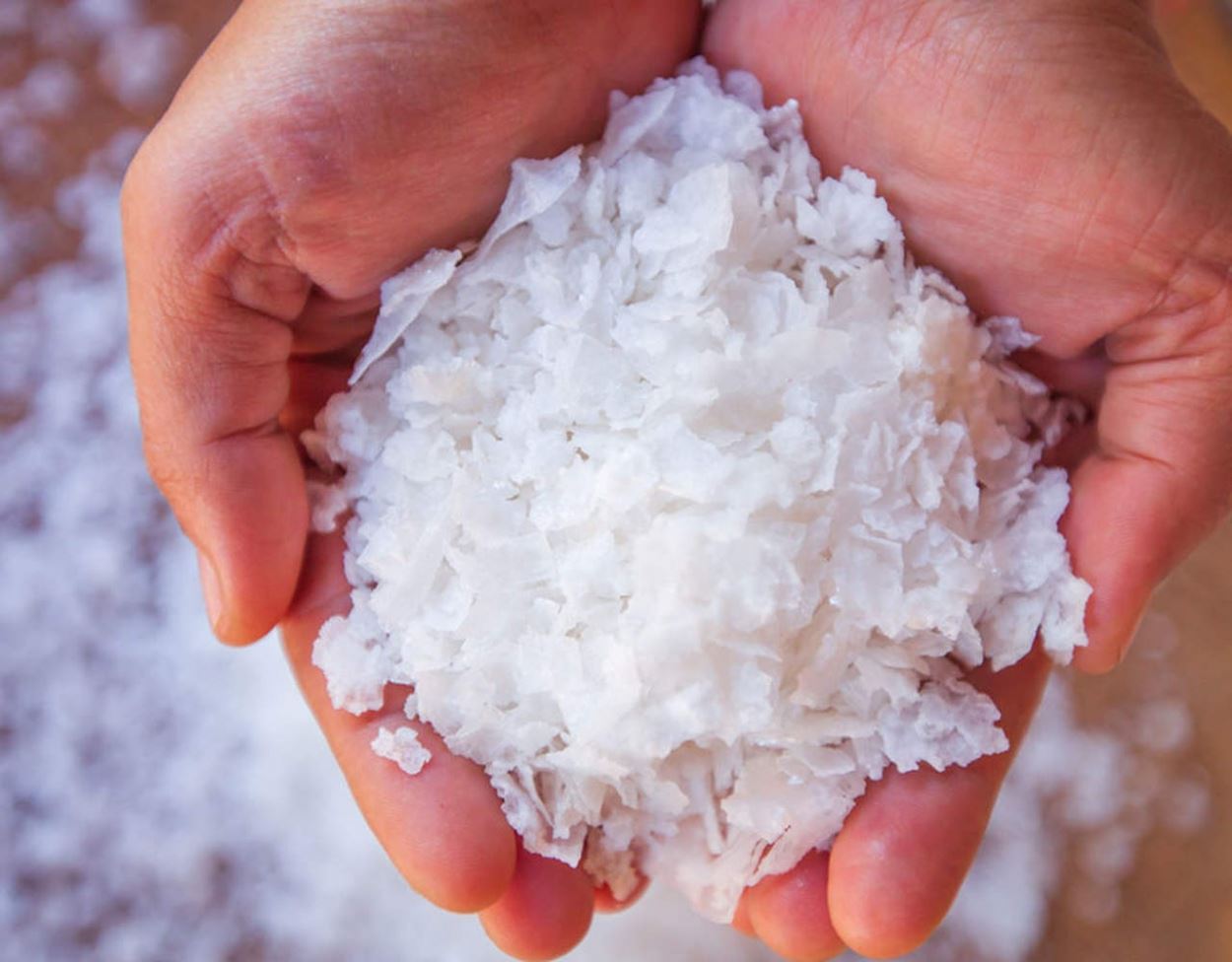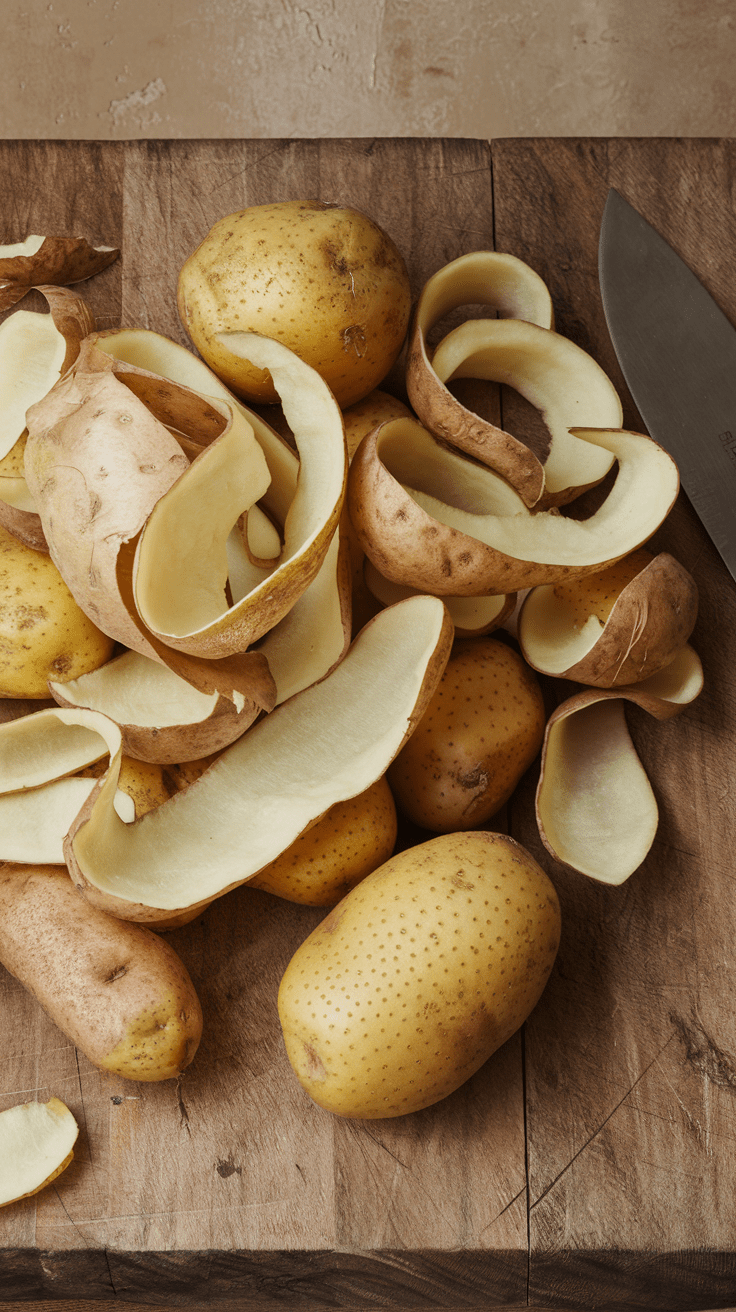As your fireplace quietly warms your home and adds ambiance with its flickering flames, unfortunately, the by-products of burning wood- soot, smoke, and creosote accumulate inside the chimney. Over time, this buildup can cause poor ventilation, smoky rooms, or even chimney fires.
Cleaning your chimney is mandatory and often involves scaling the rooftop to access the chimney. Sounds tedious, right? Luckily, you can minimize creosote buildup by burning certain materials. This will keep your chimney cleaner and make it run more efficiently and safer.
But what exactly should you burn? This article answers this question in detail.
What To Burn To Clean Chimney
1. Creosote Sweeping Logs (CSLs)
They are also called “Chimney Cleaning Logs,” “Creosote Burning Logs,” “Chimney Sweeping Logs,” or “Creosote Logs.” But what are they? Creosote sweeping logs refer to specially formulated logs designed to reduce or get rid of creosote accumulation in stovepipes and chimneys.
CSLs are made by combining additives like paraffin wax and sawdust. When you burn the logs, they release chemicals that react with the creosote inside the chimney. This chemical attack loosens and breaks down the creosote, making it flaky and easier to remove.
Do creosote sweeping logs really work? They help detach creosote from the chimney, causing the pieces to flake away or fall into the firebox. They also help reduce creosote buildup. However, don’t expect them to remove creosote altogether— you’ll still have to brush your chimney.
In addition, CSLs will not prevent creosote from developing, but ultimately, they significantly contribute towards your efforts to keep the flue clean. You shouldn’t burn CSLs frequently like firewood— burn them once a season.
Related Posts:
How to Use Creosote Sweeping Logs
Below is how to safely and effectively use CSLs in your fireplace.
a) Prepare Your Home and Fireplace
Before burning CSLs, turn off the A/C and fans. In addition, slightly open the windows and doors to facilitate adequate airflow.
Remove excess ash, old embers, and debris from your fireplace and open the damper fully.
b) Light The Fireplace
Soften unwanted compounds inside the chimney by lighting up your fireplace and having the fire going prior to burning the CSLs.
c) Add The Chimney Sweeping Logs
Do not put CSLs directly on open fire, as this can cause downdrafts. Instead, let the fire die down and then put the CSL on the embers. Use one log if your fireplace or stove is small and two for a bigger one. Burn one log at a time to avoid excess flames.
Let the CSL burn completely (the logs take approximately 90 minutes).
d) Clean Out The Residue
Allow the chemicals ample time to react with the creosote before removing the residue that will have accumulated inside the firebox. Also, inspect the chimney afterward and sweep it if necessary.
Note
Do not substitute a professional or regular chimney cleaning with creosote sweeping logs. Also, never leave a burning CSL unattended; follow the manufacturer’s instructions.
2. Rock Salt
You can also burn rock salt to clean your chimney as this substance dissolves creosote buildup. As wood burns, it releases water, which mixes with the rock salt to create an acid. The acid formed then moves up the chimney flue, dissolving creosote and making cleaning much easier.
The upside of rock salt is that it is natural, chemical-free, readily available, and simple to use.
How To Burn Rock Salt To Clean The Chimney
Method 1
- Start a hot, steady fire by burning seasoned wood. Make sure the firebox is clean beforehand.
- Sprinkle a small handful (about 2-3 tablespoons) of rock salt onto the burning fire.
- Let the fire burn entirely.
- Once the fireplace cools down, inspect the firebox for fallen creosote flakes.
- Clean the firebox.
Method 2
- Mix rock salt with liquid soap and water until you get a creamy consistency. Add water and rock salt as needed to form the desired consistency.
- Use a thick cloth to apply the rock salt paste on the creosote-covered chimney bricks.
- Create another batch if you run out midway through the application.
- Let the paste dry. This will take 7-10 minutes.
- Remove the dried creosote residue with a chimney brush.
Note
Avoid burning rock salt in your fireplace if it has a metallic flue liner because the acid will corrode it.
3. Potato Peels
Potato peels will not remove all the creosote in your chimney but will successfully reduce the amount of buildup. Due to its effectiveness in minimizing creosote and soot buildup, this kitchen waste has been used to help clean chimneys for decades.
The high energy produced when potato peels burn pushes creosote layers out of the chimney flue.
How To Remove Creosote with Potato Peels
- Air dry the potato peels. Do so by spreading them on a flat surface like a cookie sheet and air dry them (choose a place away from direct sunlight or heat) for 1-2 days.
- Light up your fireplace, and once the fire gets going, toss some potato peels into the flames. Add the peels gradually to avoid compromising airflow and to prevent excessive smoke.
- Clean the firebox once the fireplace cools down to remove any fallen residue.
4. Aluminum Cans
Burning aluminum cans in a hot fire will loosen tarry or crusty creosote, causing the deposits to flake off and fall into the firebox. As with the other methods in this list, you will still need to clean the chimney because aluminum cans won’t remove all the creosote.
How To Burn Aluminum Cans To Clean The Chimney
- Open the damper.
- Start fire. Make the fire hot by gradually adding wood to the fire (don’t stack the firewood too tightly because this will reduce oxygen).
- Put some aluminum cans into the fire. The aluminum cans will release manganese, which turns creosote into powder.
- The creosote flakes or powder will fall into the firebox. However, some creosote flakes or powder may get trapped in the elbows.
- Clean the firebox once the fireplace cools down.
- Clean the chimney as well to remove any remaining residue.
Final Remarks
Burning the materials above will help clean your fireplace chimney, but it doesn’t replace a thorough professional clean-up and maintenance. Therefore, even as you burn these easily accessible and usable substances, keep up with the annual cleaning and inspection.

Hi! I’m Susie, the creative mind behind Cozy Castle 101. I love sharing easy and simple ideas to make home and garden spaces cozy and inviting. From simple DIY projects and fun crafts to family-friendly recipes, I’m all about creating a warm, welcoming home where memories are made. Join me as I explore ways to add a bit of creativity and charm to everyday life!





